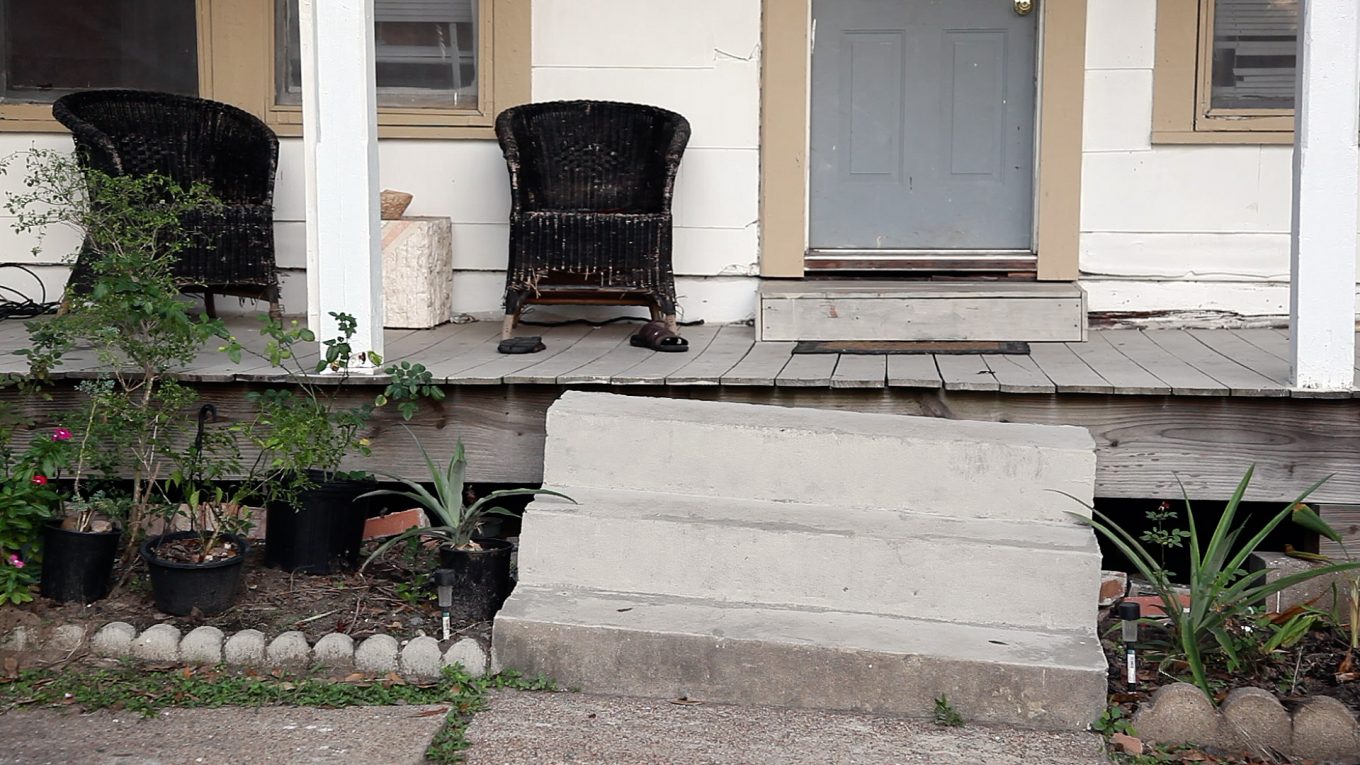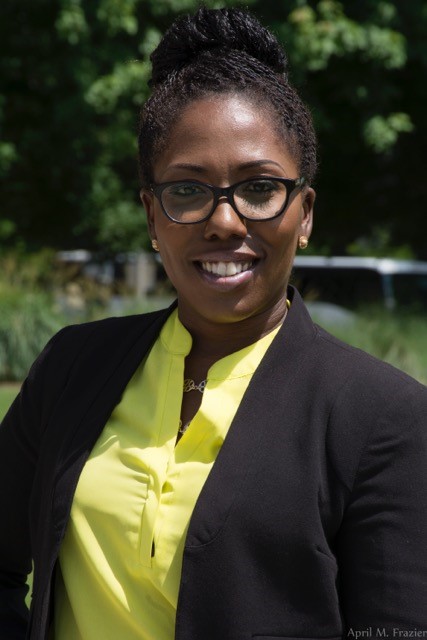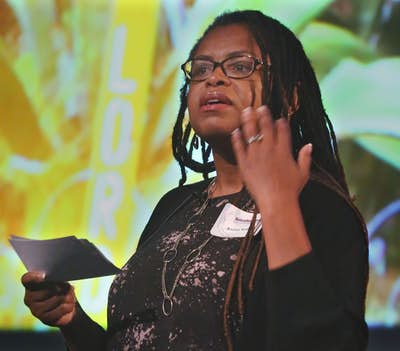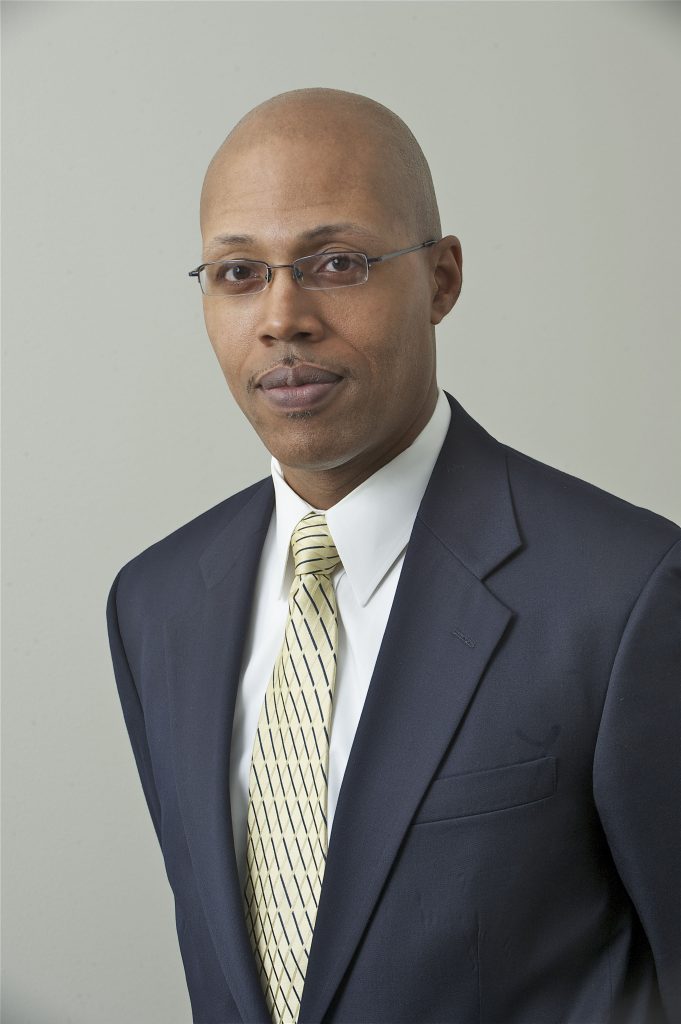
How Natural Disasters Challenge Communities Of Color
Low-income neighborhoods are more vulnerable to natural disasters, according to the Centers for Disease Control. And those poor neighborhoods are also disproportionately communities of color.
In “After The Flood,” KERA has followed several people who left their storm-wrecked homes after Hurricane Harvey and decided to re-settle in North Texas. All of them are black.
Three experts explain why largely people of color are affected by major weather events.
Chrishelle Palay
Palay is the Houston co-director at Texas Low Income Housing Information Service.

Chrishelle Palay. Photo provided.
Listen to Palay’s entire interview in the audio player at top of the page.
How natural disasters affect black neighborhoods
There’s a neglect when it comes to infrastructure in these communities that continues to leave them very vulnerable to floods and to environmental hazards because of redlining that was backed by federal home loan banks in the 1930s. There were maps that were created that graded communities, and black communities were outlined in red and were identified as risky and the most unsafe.
And because of that, the public and private sector failed to invest in these communities.That’s where you will see a lot of the lack of real infrastructure when it comes to drainage, when it comes to sidewalks, and just the foundation, quite honestly, of these communities. According to our data that we’ve analyzed from the city of Houston, most of the open-ditch drainage systems are in minority communities.
On challenges Latino communities face when trying to rebuild
What we’re seeing is that many people continue to live in apartments with mold. Oftentimes these landlords know that this is a vulnerable population, and so the chances of them actually reporting these issues is slim. In other cases, there has been a smaller percentage of Latino communities actually applying for Federal Emergency Management Agency (FEMA) assistance; although it’s been said time and time again that your immigration status should not matter. There’s still serious fear there.
On other challenges for poor communities
Often in these black communities and these poor communities, there’s not much access to the internet. The quickest way to apply for assistance is via the internet, so that’s one impediment. But then also we’re finding in the process that many of these community members are getting denied for a myriad of reasons — some that don’t even make much sense. I’ve even seen some people being denied because they’re being told that they don’t reside in a flood area.
Andrea Roberts
Roberts is an assistant professor of urban planning and a faculty fellow of the Center for Heritage Conservation at Texas A&M University.

Andrea Roberts. Photo provided.
Listen to more from Roberts in the audio player below.
On the history of the black landowner
They had to select land that was not appealing to most other people, namely to whites. So essentially, whites had the first pick. So the land that remained was going to be the land that was in flood-prone areas. The good part is, it’s near water sources, but the bad part is, you’re hardest hit when the storms come.
Jeffrey Lowe
Lowe is an associate professor of urban planning and environmental policy in the Barbara Jordan-Mickey Leland School of Public Affairs at Texas Southern University.

Jeffrey Lowe. Photo provided.
Listen to more from Roberts in the audio player below.
On “racial zoning” dating back to the early 1900s
As land use patterns were set, people of color and primarily black people, were not permitted to live in predominantly white areas. And also it allowed for various uses, historically. It allowed for permitting of industrial uses within a neighborhood — from cleaners to gas stations to cement factories to toxic waste sites within black communities versus more predominantly white areas.
These interviews have been edited for clarity and length.

